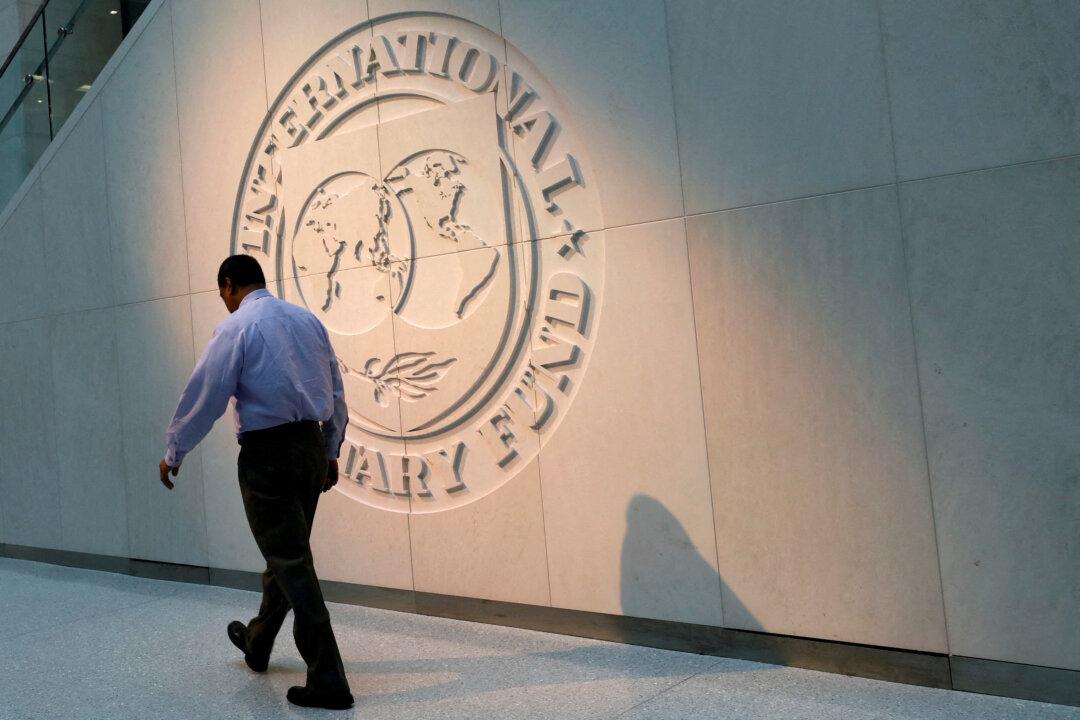Job openings increased, and beat expectations, to 11 million in December, up from 10.5 million the previous month, while the number of quits declined slightly, to 4.1 million, down from 4.2 million, according to the latest data from the Bureau of Labor Statistics (BLS).
Blue-collar jobs were foremost in worker demand, with openings in accommodation and food services increasing by 409,000 for the month. Retail trade and construction services saw notable gains as well.




